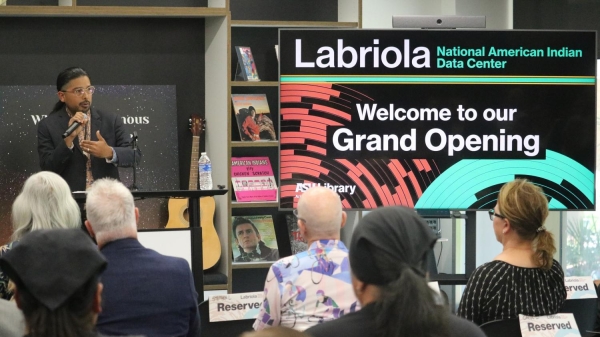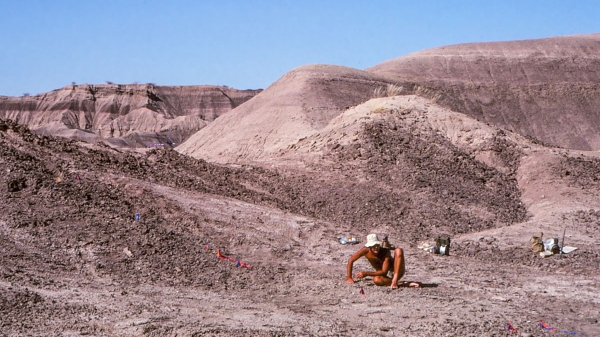Celebrating Chinese Lunar New Year? Look for 'fish, dragons, smoke, crowds'
In anticipation of the celebration of Chinese Lunar New Year, coming up on Jan. 31, the New York Times' Travel section featured a piece by writer Bonnie Tsui on the "best" Chinatowns in the United States, and what visitors might look for to experience the best of the best in cities across the country: from the historic Chinatowns in cities like New York and San Francisco, to the suburban in California's San Gabriel Valley and the "fabricated" in Las Vegas.
The author noted that her family looks for "live fish for sale, dragon eyes in sidewalk produce displays, smokers [and] crowds" in finding "a good Chinatown."
In Tsui's article, titled "Chinatown Revisited," ASU professor Wei Li addressed the changing nature of immigrant and ethnic communities in the United States, where some of the historic Chinatowns in larger cities are fading, such as Los Angeles, Philadelphia and Portland, Ore.
"New patterns of Chinese migration send upwardly mobile populations straight to houses in the suburbs and job opportunities in cities far from the coasts. In those places, large Asian shopping malls and supermarkets are the gathering place. Some Chinatowns spring fully formed from the suburban asphalt, with pagoda roofs and paifang, or welcome gates, spearheaded by a local government or business association hoping to draw visitors," wrote Tsui.
“This ethnic community today is a spectrum," observed Li, "from the most concentrated to the most dispersed. ... What each one looks like depends on the geography of a particular city, and the maturity of the Asian population there.”
Li said that all, however, fill cultural and commercial needs.
At ASU, Li is professor and acting faculty head in Asian Pacific American Studies in the School of Social Transformation and professor of geography in the School of Geographical Sciences and Urban Planning, College of Liberal Arts and Sciences. She also serves as affiliate faculty in ASU’s Center for Asian Research and Center for Population Dynamics.
Li is recognized internationally for her scholarship on comparative immigration and contributions to new ways of understanding immigrant communities in North American cities. She was an inaugural member of the U.S. Census Bureau's National Advisory Committee on Race, Ethnic, and Other Populations. Her groundbreaking work on "ethnoburbs" is illuminating understanding of new forms of ethnic-majority communities in U.S. suburbs.
Article source: New York TimesMore ASU in the news

ASU celebrates new Tempe campus space for the Labriola National Data Center

Was Lucy the mother of us all? Fifty years after her discovery, the 3.2-million-year-old skeleton has rivals
